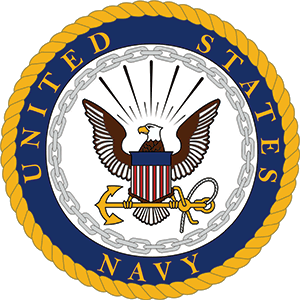ABOUT HS-2 GOLDEN FALCONS
- Origins and Designation: Helicopter Anti-Submarine Squadron TWO (HS-2), known as the "Golden Falcons," was established on 1 April 1952 at Naval Air Station (NAS) Lakehurst, New Jersey.
- Iconic Mascot: Their squadron insignia featured a golden falcon grasping a torpedo, symbolizing their prowess in anti-submarine warfare (ASW).
- Korean War Deployment: HS-2 was one of the first US Navy helicopter squadrons to see action in the Korean War, providing search and rescue (SAR) and ASW support.
- Vietnam War Involvement: The Golden Falcons played a critical role in combat search and rescue operations during the Vietnam War, saving downed pilots and crew.
- Aircraft Evolution: Over its history, HS-2 operated several helicopters, including the HSS-1 Seabat, SH-3 Sea King, and eventually the SH-60F and HH-60H Seahawk.
- Pioneering Night Vision: HS-2 was among the first squadrons to integrate night vision goggles into their operations, greatly improving night-time search and rescue capabilities.
- Presidential Support: Golden Falcons provided vertical replenishment and VIP transport, including support for presidential missions, showcasing their versatility.
- Global Reach: The squadron deployed on multiple aircraft carriers, including the USS Constellation (CV-64), USS Kitty Hawk (CV-63), and USS Abraham Lincoln (CVN-72), supporting operations worldwide.
- Operation Iraqi Freedom: During the 2003 Iraq War, HS-2 flew numerous combat and support missions, including SAR, logistics, and maritime interdiction.
- Transition and Legacy: In April 2009, HS-2 was redesignated as Helicopter Sea Combat Squadron TWO (HSC-2), continuing its legacy under a new mission focus and aircraft.

